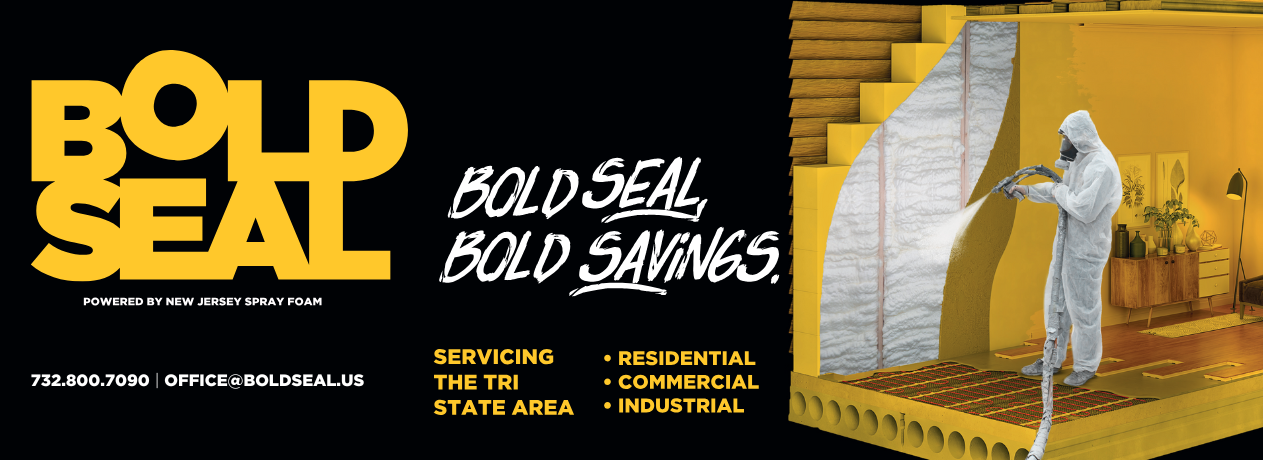Choosing the right insulation is crucial for a comfortable, energy-efficient home. Spray foam insulation, with its exceptional thermal performance and air-sealing capabilities, has become a popular choice. But with various types available, understanding the nuances is key to making an informed decision. This guide dives deep into the world of spray foam insulation, clarifying its types, applications, and benefits to help you choose the perfect solution for your needs.
Introduction to Spray Foam Insulation
Spray foam insulation, primarily composed of polyurethane or polyisocyanurate, is a versatile material applied as a liquid that expands and hardens into a rigid foam. Its unique properties provide superior thermal resistance, excellent air sealing, and often impressive sound dampening capabilities. These characteristics translate into significant energy savings, improved comfort, and increased home value. The R-value, a measure of thermal resistance, varies depending on the type and density of the spray foam. Proper application is critical to achieving optimal results and maximizing the lifespan and performance of your home's insulation. This involves considering factors like moisture control and building codes in conjunction with https://www.boldsealinsulation.com/new-jersey-insulation/monmouth-county-nj-insulation-contractors/freehold-nj-spray-foam-insulation the overall design.
Open-Cell vs. Closed-Cell Spray Foam
The two main categories of spray foam insulation are open-cell and closed-cell. Understanding their differences is vital for selecting the best option for your project. Both types offer excellent thermal performance and air sealing, but their characteristics differ significantly impacting application and final results.
Characteristics of Open-Cell Foam
Open-cell spray foam has a lower density and a more porous structure than its closed-cell counterpart. This allows for superior vapor permeability, making it suitable for applications where moisture management is less critical. It excels in soundproofing due to its ability to absorb sound waves. Because of its breathability it is often preferred for older homes or those with less-than-perfect air sealing needs. Open-cell foam typically offers a lower R-value per inch than closed-cell foam but is significantly less expensive to purchase and install. Common applications include attic insulation, wall insulation, and soundproofing projects.
Characteristics of Closed-Cell Foam
Closed-cell spray foam boasts a higher density and a non-porous structure. This creates an effective moisture barrier, protecting building materials from water damage. It offers superior thermal resistance with a higher R-value per inch than open-cell foam, leading to substantial energy savings. Closed-cell foam also provides excellent air sealing, reducing drafts and improving indoor air quality. It's often used where moisture protection is paramount, such as basements, crawl spaces, and exterior walls. Due to its superior performance this option has a larger price tag.
Popular Spray Foam Insulation Brands
While specific brand names aren't mentioned here, it's worth noting that various manufacturers produce high-quality spray foam insulation. Researching reputable brands and reading reviews can help you identify options that meet your project's requirements and budget. Always check for certifications and independent testing results to ensure the product meets the appropriate standards for R-value and other key performance indicators. Factors such as the expansion ratio, VOC content, and available certifications should be weighed carefully when making your selection.
Application Methods
Spray foam insulation can be installed through either DIY methods or by professional contractors. The choice depends on your experience, project scale, and desired level of precision.
DIY Installation
For smaller projects, DIY spray foam kits are available. These kits provide the necessary materials and equipment for small-scale applications. However, DIY installation requires careful planning and attention to detail. It’s critical to follow the manufacturer's instructions carefully to achieve optimal results and safety. Improper application can significantly impact insulation performance, causing issues like improper expansion or uneven coverage. Adequate safety precautions are crucial as some spray foam kits utilize potentially harmful chemicals.
Professional Installation
Professional installation is recommended for larger projects or those requiring a high level of precision. Experienced contractors possess the necessary equipment, expertise, and safety precautions to ensure optimal results. Professional installers can navigate complex building structures and address potential challenges during installation. Their expertise minimizes waste, maximizes energy efficiency, and improves the overall quality of the installation and long-term performance.
Benefits of Spray Foam Insulation
Spray foam insulation delivers a range of significant benefits impacting energy efficiency, comfort, and overall home value. Beyond simply adding insulation, it effectively seals air gaps and reduces air infiltration. The result is significant energy savings, reduced utility bills, and an improved indoor climate, offering a healthier and more environmentally-friendly solution for home insulation.
- Air Sealing: Eliminates drafts and air leaks, reducing energy loss. Durability: Provides long-lasting protection against heat, cold, and moisture. Fire Resistance: Acts as a fire retardant, enhancing home safety. Soundproofing: Effectively reduces noise transfer between rooms and from outside. Improved Indoor Air Quality: Prevents allergens and pollutants from entering your home.

Considerations When Choosing Spray Foam Insulation
Several factors influence the choice between open-cell and closed-cell spray foam insulation, including environmental impact, building codes, and the specific application.
- VOCs (Volatile Organic Compounds): Check the VOC content of the foam to ensure it meets your health and environmental preferences. Expansion Ratio: Understand the expansion ratio of the foam to accurately estimate the amount needed for your project. Building Codes: Ensure the chosen foam complies with local building codes and regulations.
Conclusion
Spray foam insulation offers a highly effective solution for enhancing energy efficiency, comfort, and the overall value of your home. Choosing between open-cell and closed-cell depends on your specific needs and priorities, considering factors like moisture resistance, R-value, and budget. Whether you opt for DIY installation or engage a professional, careful planning and attention to detail are crucial for maximizing the benefits of this versatile insulation technology. Remember to weigh the pros and cons of each type, considering your budget, home's structural characteristics, and climate. By making an informed decision, you can enjoy the numerous advantages of spray foam insulation for years to come. Contact a qualified insulation professional today to discuss your needs and explore the best options for your home.